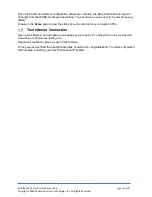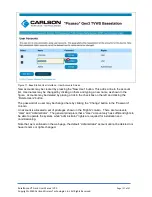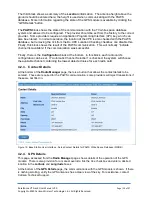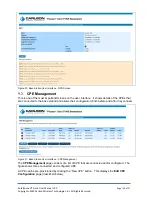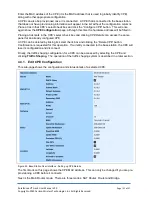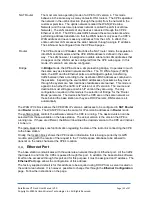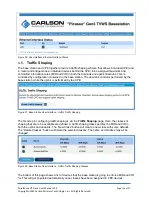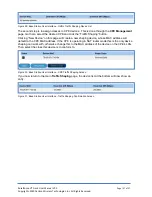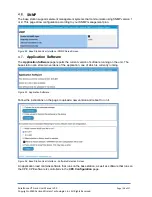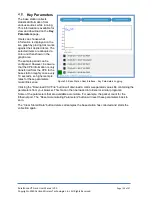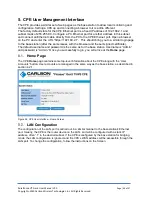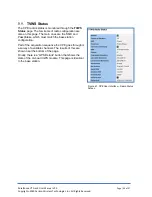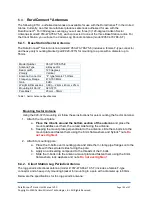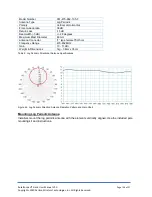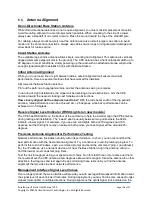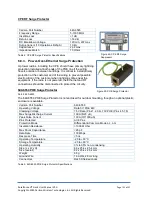
RuralConnect® Gen3 User Manual V1.0
Page | 36 of 57
Copyright
©
2020 Carlson Wireless Technologies, Inc. All Rights Reserved.
Figure 26: User Interface Ethernet Interface Status
Traffic Shaping
The base station and CPE together provide a traffic shaping scheme that allows individual CPE (and
in router and bridge modes, individual devices behind the CPE) to be assigned maximum and
committed information rates (MIR and CIR) in both the downlink and uplink directions. This is
controlled by configuration contained in the base station. The downlink control is performed by the
base station, while the uplink is performed by the CPE.
Figure 27: Base Station User Interface - UL/DL Traffic Shaping
The first step in configuring traffic shaping is via the
Traffic Shaping
page. Here, the classes of
shaping that are to be available are defined. A traffic shaping class specifies the MIR and CIR in
both the uplink and downlink. The
“New Class” button will create a new class with some defaults.
The
“Delete Classes” button will delete the selected classes. The name and bit rates may all be
changed.
Figure 28: Base Station User Interface - UL/DL Traffic Shaping Classes
The bottom of this page shows a list of devices that the base station is going to enforce MIR and CIR
for. This will get populated automatically once classes have been assigned to CPE devices.

